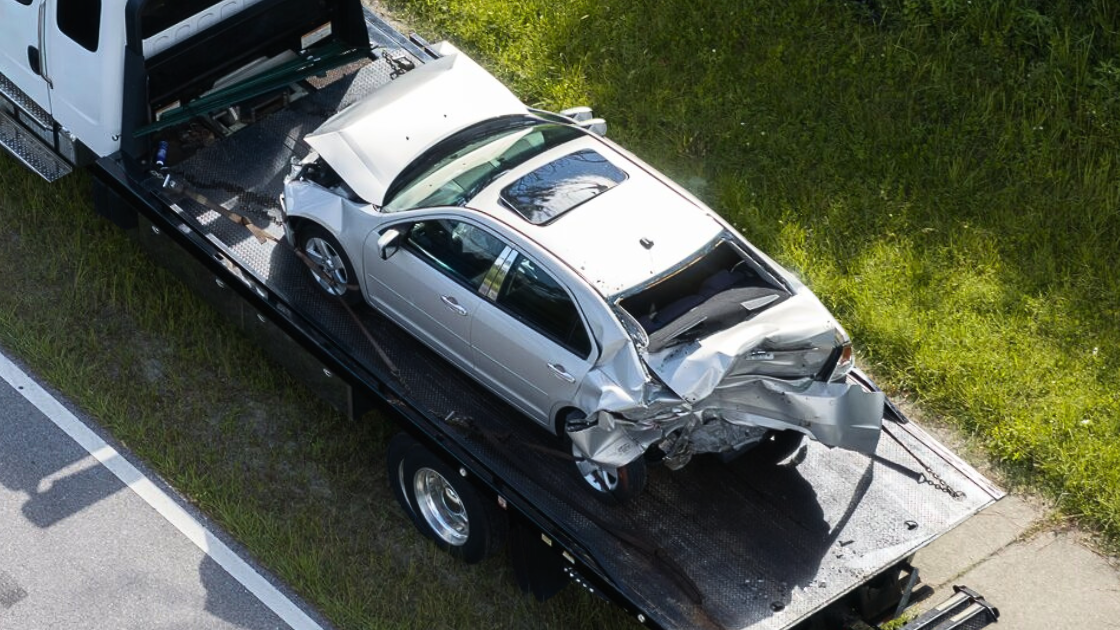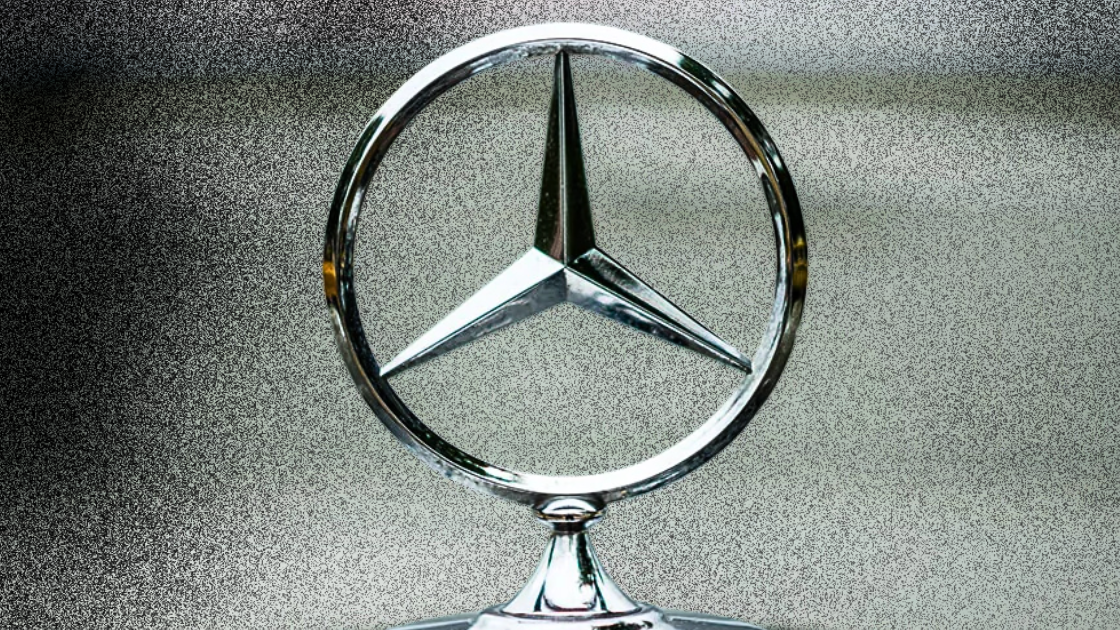
The federal EV tax credit program has been reshaped as of January 1, 2025, with updated requirements excluding some familiar favorites but also opening the door for new entrants.
What changed: Two years ago, the rules were simpler — most electric vehicles (EVs) and plug-in hybrids (PHEVs) qualified for up to $7,500 in federal tax credits if they were — to a certain degree — built in North America. Now, stricter guidelines require automakers to source battery minerals and components from specific countries, cutting some models from the eligibility list.
The goal? To encourage domestic production and diversify away from Chinese supply chains.
The updated rules bring changes to the lineup:
No longer eligible: Popular models like the Volkswagen ID.4 and Rivian R1S.
Newly eligible: The Cadillac Optiq, Hyundai Ioniq 5, Kia EV6, and Tesla Cybertruck.
Full list of eligible models for 2025:
Acura ZDX (2024-25)
Cadillac Lyriq (2024-25)
Cadillac Optiq (2025)
Chevrolet Blazer EV (2024-25)
Chevrolet Equinox EV (2024-25)
Chevrolet Silverado EV (2025)
Chrysler Pacifica PHEV (2024-25)
Ford F-150 Lightning (2023-25)
Genesis Electrified GV70 (2025)
Honda Prologue (2024-25)
Hyundai Ioniq 5 (2025)
Hyundai Ioniq 9 (2025)
Kia EV6 (2026)
Kia EV9 (2026)
Tesla Cybertruck (2025)
Tesla Model 3 (2025)
Tesla Model X (2025)
Tesla Model Y (2025)
The loophole: There’s still a way for customers to save. Models like the Volkswagen ID.4 and Rivian R1S remain eligible for tax incentives when leased. Leasing follows a different set of rules, which are more flexible on battery sourcing requirements. And it’s driving transactions.
At the start of 2023 — 16% of EV sales at dealerships were leases, according to Edmunds. But by October 2024 — that number jumped to 80%.
Looking ahead: Automakers are working overtime to adapt. Many are retooling their supply chains and building U.S.-based battery production facilities to meet the stricter standards. As a result, more vehicles are expected to qualify in the coming years. However — President-elect Trump has proposed eliminating the federal EV tax credit program entirely. If that happens, buyers would have to rely on state-level incentives — which vary widely.
Become an automotive insider in just 5 minutes.
Get the weekly email that delivers transparent insights into the car market.
Join 90,000+ others now, it's free:
Foureyes does one thing better than anyone – it makes sure all your leads get worked (without ever having to be asked!)
And here’s how:
It logs every phone-up and web opportunity to your CRM
It sends personalized follow-up to prospects about the vehicles they’re interested in (now including AI-powered texting)
See Foureyes in action at NADA. Book time now and get your first 30 days of Foureyes for free!











